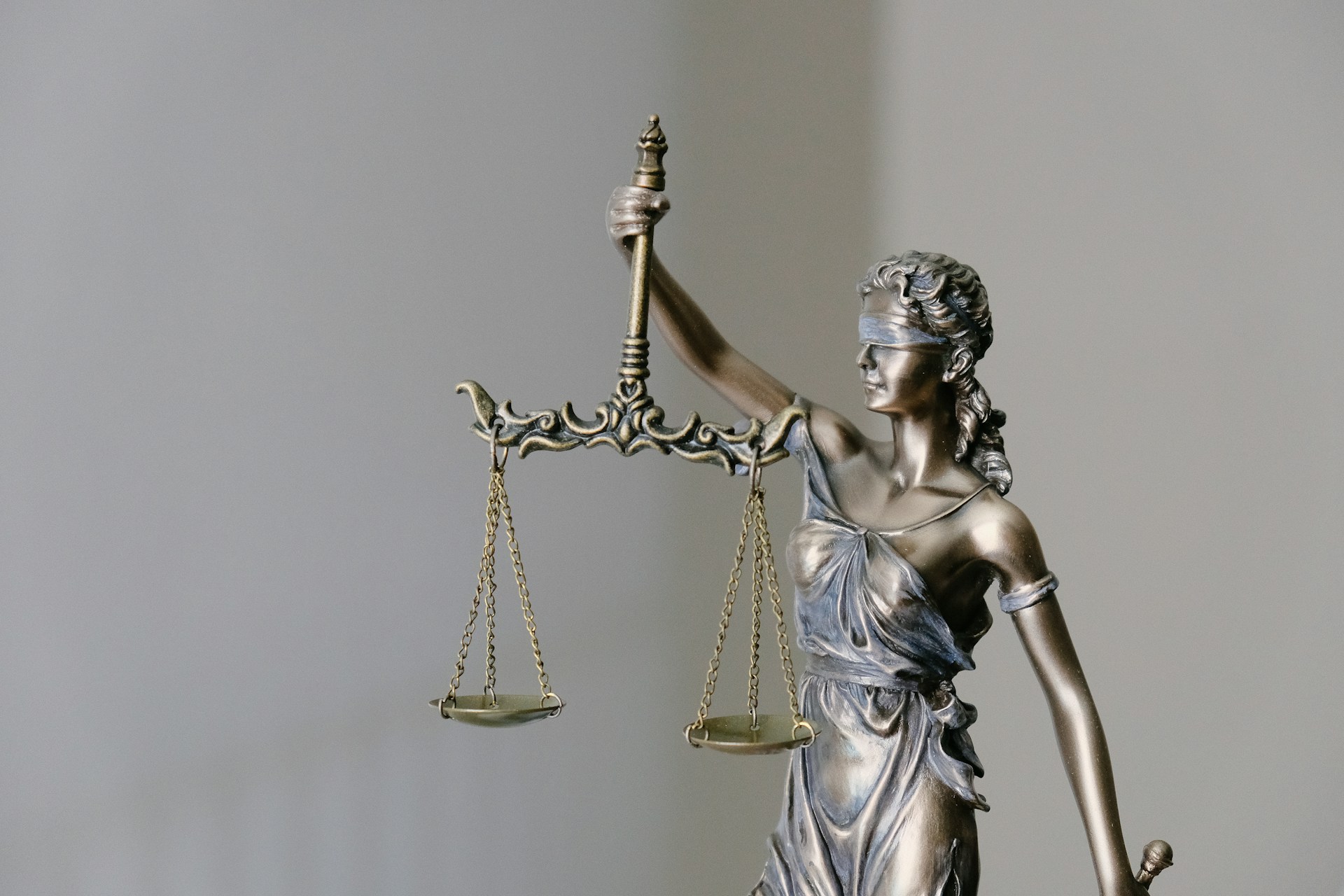Introduction
In the intricate world of the U.S. criminal justice system, understanding what is bond court is is fundamental for anyone navigating this terrain. A bond hearing, held promptly after an individual’s arrest, serves as a critical juncture where the court decides on the possibility of bail and its conditions. The outcomes of these hearings significantly affect the trajectory of a defendant’s legal battle. As John Doe’s story shows, decisions made in these hearings have real-life impacts, influencing the accused’s freedom and capacity to mount a compelling defense strategy. They are crucial in maintaining justice and ensuring the fragile equilibrium between the accused’s rights and society’s safety.
The Purpose of a Bond Hearing
At its core, a bond hearing is designed to assess whether a defendant can be safely released from custody pending trial. This decision is incredibly nuanced, as it involves examining the defendant’s rights and the protection of the community. Judges must tread carefully, weighing the private liberty of an individual against potential risks to public safety. Judges strive to ensure that the release does not pose an undue threat by reviewing the nature of the charges and previous conduct. Furthermore, bond hearings are instrumental in ensuring that the accused remains committed to returning for all future court dates, a crucial aspect of upholding the integrity of the judicial process.
Factors Considered in Setting Bail
Several crucial factors influence the decision-making process in bond hearings. The gravity of the crime is often the starting point; serious offenses tend to attract higher bail amounts or even denial of bail altogether. However, judges must also consider the defendant’s previous record, which offers insight into their behavior and past compliance with court orders. Flight risk is another vital factor, as it evaluates the possibility of the defendant evading trial by fleeing the jurisdiction. Factors such as community ties, employment status, and family responsibilities might support an argument for lower bail, as they indicate stability and potential compliance with bail conditions. Personal recognizance is sometimes granted, especially in cases where the accused poses a minimal flight risk and threatens public safety.
How Bond Hearings Affect Defendants’ Rights
The implications of bond hearings extend beyond the courtroom, profoundly affecting a defendant’s daily life and rights. Bail decisions impose financial burdens, which can unearth socio-economic disparities. Furthermore, compliance with bail conditions, such as travel and mandatory curfews, may restrict the accused’s freedom. These constraints can affect employment opportunities and disrupt familial responsibilities. Therefore, defendants must have adequate legal representation during these hearings, as skilled counsel can argue for feasible bail terms considering the defendant’s circumstances and rights.
Procedures During a Bond Hearing
The procedural flow of bond hearings is straightforward yet critical. Typically, the prosecutor presents the charges alongside arguments for setting a specific bail amount, underscoring reasons such as the risk of flight or community danger. On the other hand, defense attorneys aim to counter compelling arguments for lower bail or even release on personal recognizance. They may present evidence such as letters of recommendation, job verifications, or proof of community involvement to support their case. Both sides might call upon witnesses to reinforce their narratives, making this hearing a dynamic and pivotal moment in the judicial process. Ultimately, the decision rests with the judge, whose aim is to secure attendance at trial while balancing the rights and safety of all parties involved.
Impact on the Criminal Justice System
Bond hearings are significant beyond individual cases, echoing broader themes within the criminal justice system. For instance, setting high bail amounts can contribute to jail overcrowding, as individuals unable to pay remain incarcerated pretrial. This matter becomes especially significant when examining systemic issues like racial and economic inequalities, where marginalized communities may disproportionately suffer the consequences of such policies. Meaningful reform efforts, such as using alternative pretrial assessment tools, aim to address these entrenched challenges, pointing towards a future where fairness prevails over punitive defaults.
Reforming the Bail System
Reform initiatives in bail systems nationwide are gaining traction, driven by a growing consensus about their need. Traditional cash bail systems have come under scrutiny for perpetuating inequalities, as they often disadvantage individuals unable to afford their release. Innovators within the legal community advocate for alternatives such as community supervision programs and electronic monitoring to offer a balanced approach to pretrial freedom. Moreover, integrating data-driven risk assessment tools increasingly informs judicial decisions, albeit with continued debate regarding their potential biases. These reforms aim to eradicate inequities and establish a more transparent, equitable judicial framework by prioritizing justice over financial capability.
Real-Life Examples of Bond Hearings
Numerous case studies underscore the transformative power of bond hearings in defendants’ lives. In some instances, accused individuals charged with relatively minor offenses end up languishing in jail due to unaffordable bond amounts, illustrating a glaring disparity. Conversely, jurisdictions implementing reforms have noted positive shifts, such as reductions in pretrial incarcerations and re-offense rates. These recent changes in bail practices herald significant shifts towards a more balanced and just legal landscape. As these real-life examples show, informed decisions at bond hearings can significantly alter the course of justice, paving the path for systemic improvements.
Conclusion
Bond hearings represent a crucial interface between individuals and the criminal justice system. By evaluating the careful balance between individual freedoms and community safety, these hearings spotlight issues that resonate within broader societal contexts. As reforms reshape these procedures, understanding bond hearings becomes increasingly vital. With this knowledge, individuals, advocates, and policymakers are better positioned to engage with and enhance our legal system meaningfully.

